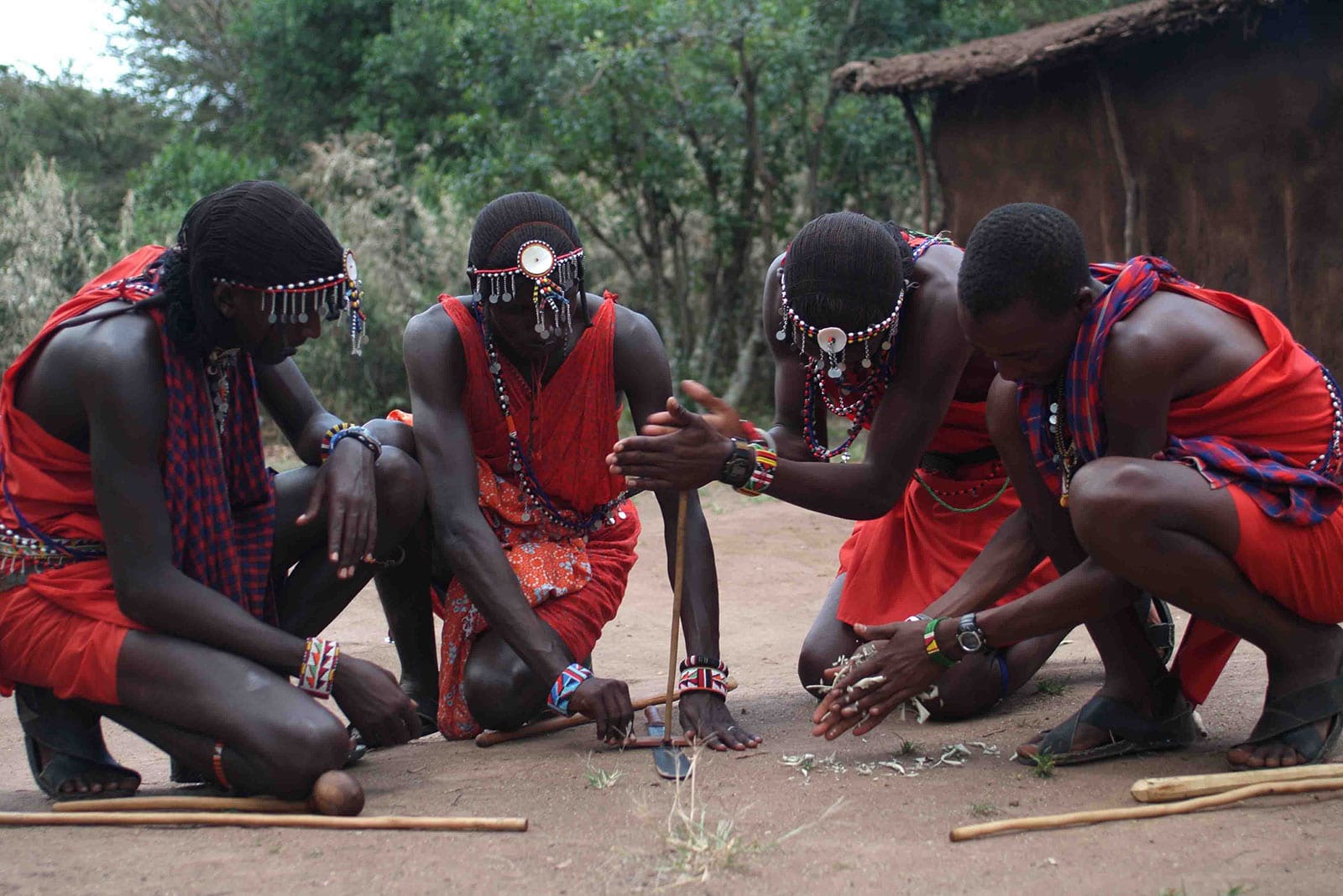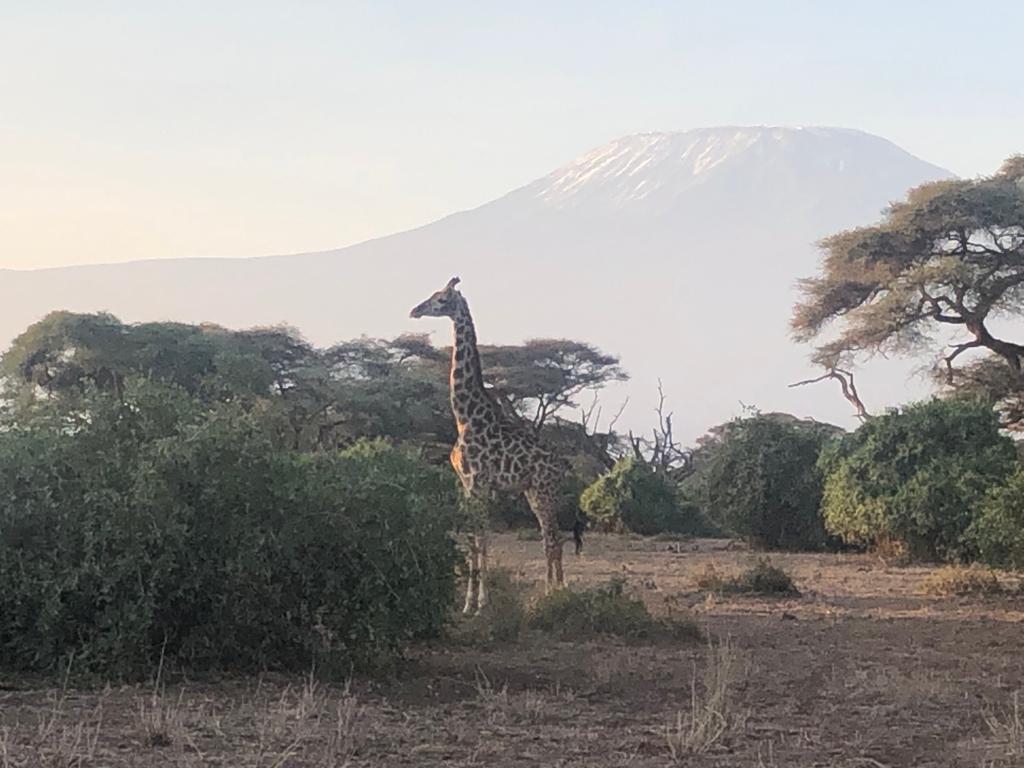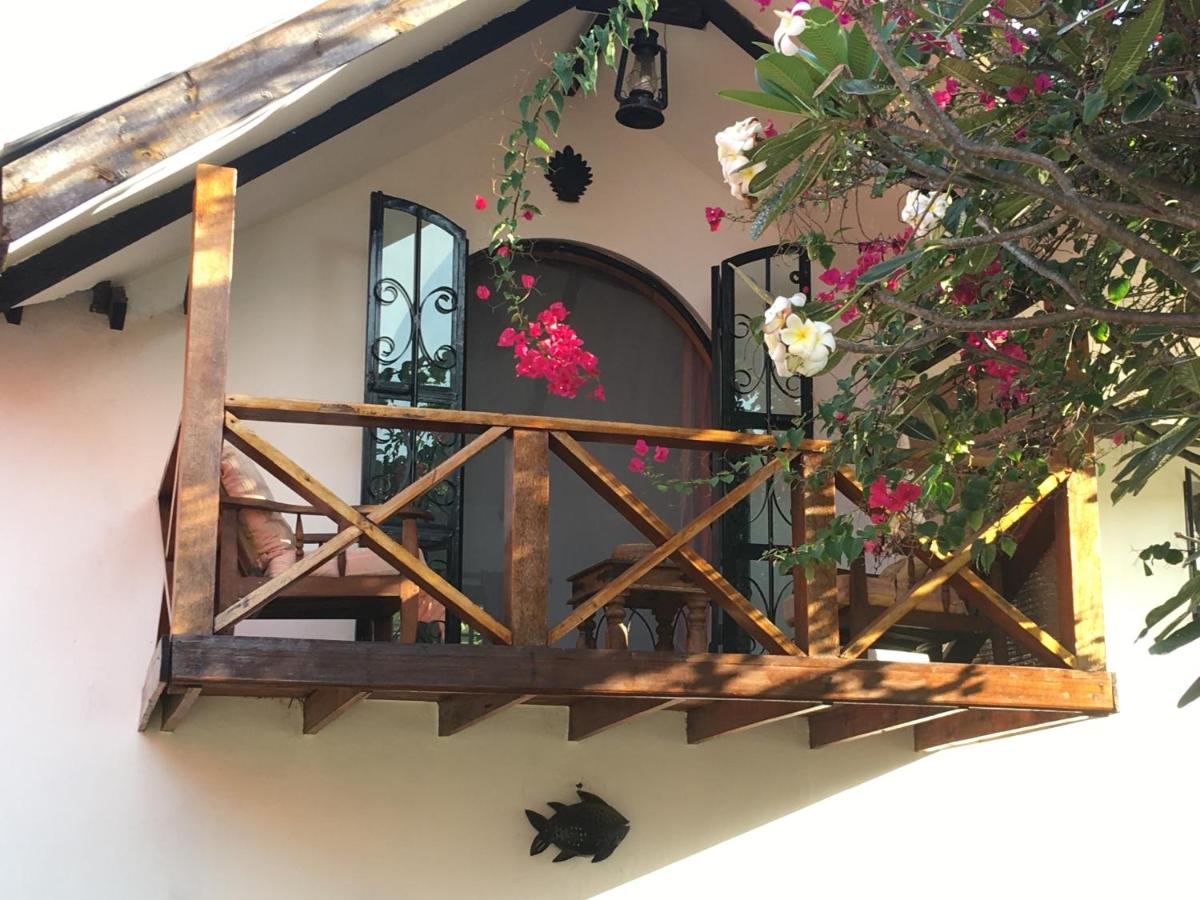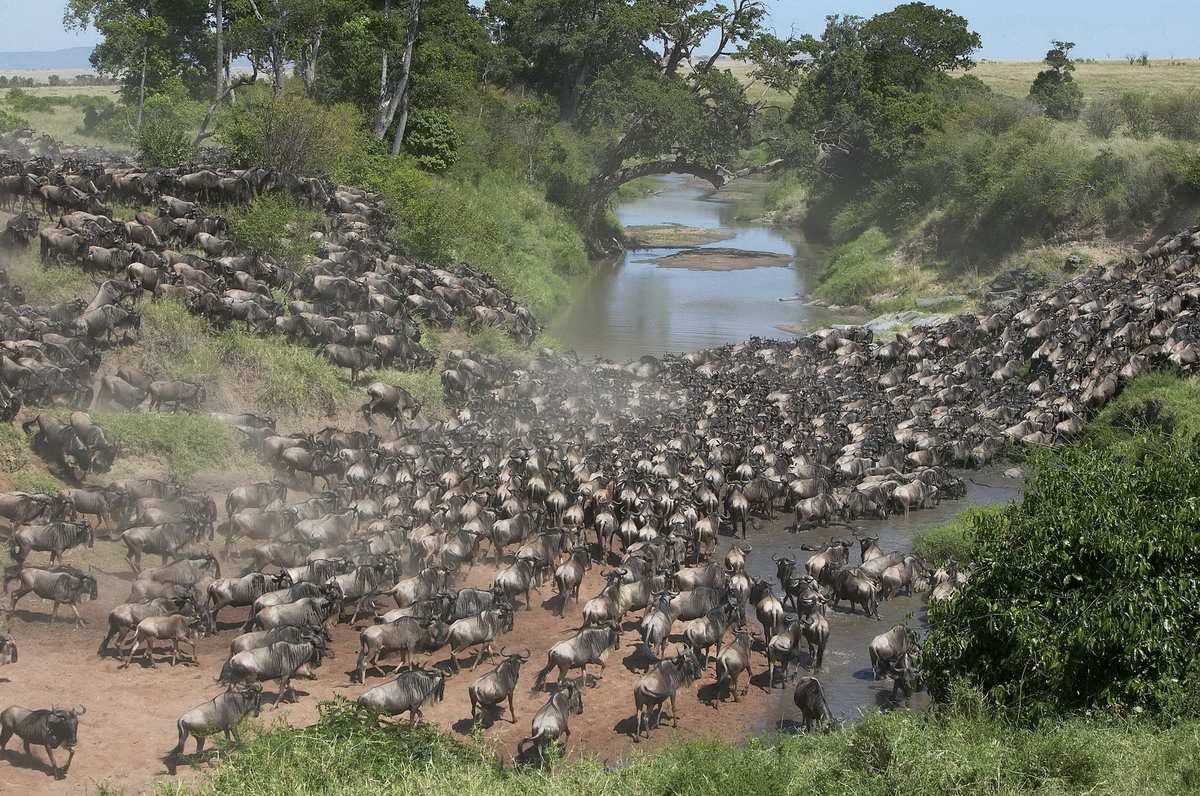
A Few Things About A Masai Village Your Travel Consultant Will Not Tell You!
Although safaris are a great attraction, Kenya is a country of great diversity with much more to offer. One cannot go on safari in Kenya without having an urge to visit and experience the way of life of the renowned Masai tribe of Kenya. The Masai Village, iconic pastoralists of the East African savannah, live in harmony with nature and is one of the few remaining tribes that try to hold onto their traditions and culture amidst westernization.
The driver/guide will take you to the Masai village and once there, with the assistance of a local Masai chief, will take you for a tour around the Manyattas (homesteads). On arrival at the village, the young Masai warriors (Morans), resplendent in vibrant red robes and colored beads perform the traditional welcome dance. The tribesmen sing in a call and response form. As they breathe out, their upper bodies and heads bob forward; as they breathe in, they tip their bodies back. The synchronized movement, combined with the hypnotic singing and chanting, is intensely captivating. The Morans then demonstrate the ‘jumping dance’ for which they are famous. The tribesmen sing rhythmically as each Moran take a turn leaping several feet high into the air. When one gets tired, another Moran takes his turn. You will be invited to try jumping (and dancing too); and to your dismay, you will be no match for this levitation act, but what better way to start immersing yourself into their world and learn about the customs?
You will then be welcomed into one of the Manyattas whereupon your host, usually, a village elder will give you an insight into Masai way of life – its traditions, customs and rituals. Some of them may not speak English but your guide will interpret for you and the elders. This is a wonderful opportunity to learn about the history and lifestyle of the Masai people. The most important people in the village are the chief, the medicine man, and the midwife, whom you will also get to meet.
Afterwards, you will watch a fire-making demonstration – a stick of softwood (generally red cedar) is turned rapidly between two hands onto a piece of hardwood (sandpaper tree) until smoke and then a flame is produced. You will learn that the Kudu horn that a tribesman used when you first arrived is used to call Morans together. Your tour ends at the ‘gift shop’ or the village market where the Masai sell magnificent handcrafted beads.
Despite the very solid-looking Manyattas, the Masai are still nomadic, and the villagers move approximately every eight years to let the land they have lived on rest and rejuvenate and to give their cattle fresh pastures. The cattle not only provide meat, which is an important staple Masai diet but also are a source of milk and the blood that the Masai drink. There are tribesmen specialized in the skill of drawing blood from the cows, one cow gives blood each month. The women build the Manyattas collectively; the men merely collect the sticks, leaves and cow dung that are building materials. Whilst the women build the houses, grow the vegetables, cook, and look after the children, the men remain the herders and hunters they have always been, taking care of their cattle, and occasionally hunting, though far less than they once did, and no longer killing the lions or other protected animals that earned the Masai their reputation as brave warriors.
Heading off the beaten track to walk and live in the footsteps of the Masai will leave you with memories of Kenya that will last a lifetime. You will discover their way of life as it was a hundred years ago and still is today.
Note: A Masai Village tour can be undertaken whilst in most of Kenya’s National Parks. In addition to paying a supplement charge for the tour, do tip your guide and buy the beaded jewelry. Notwithstanding the fact that it is stunning, you are helping the community whilst keeping the traditional crafts alive.





